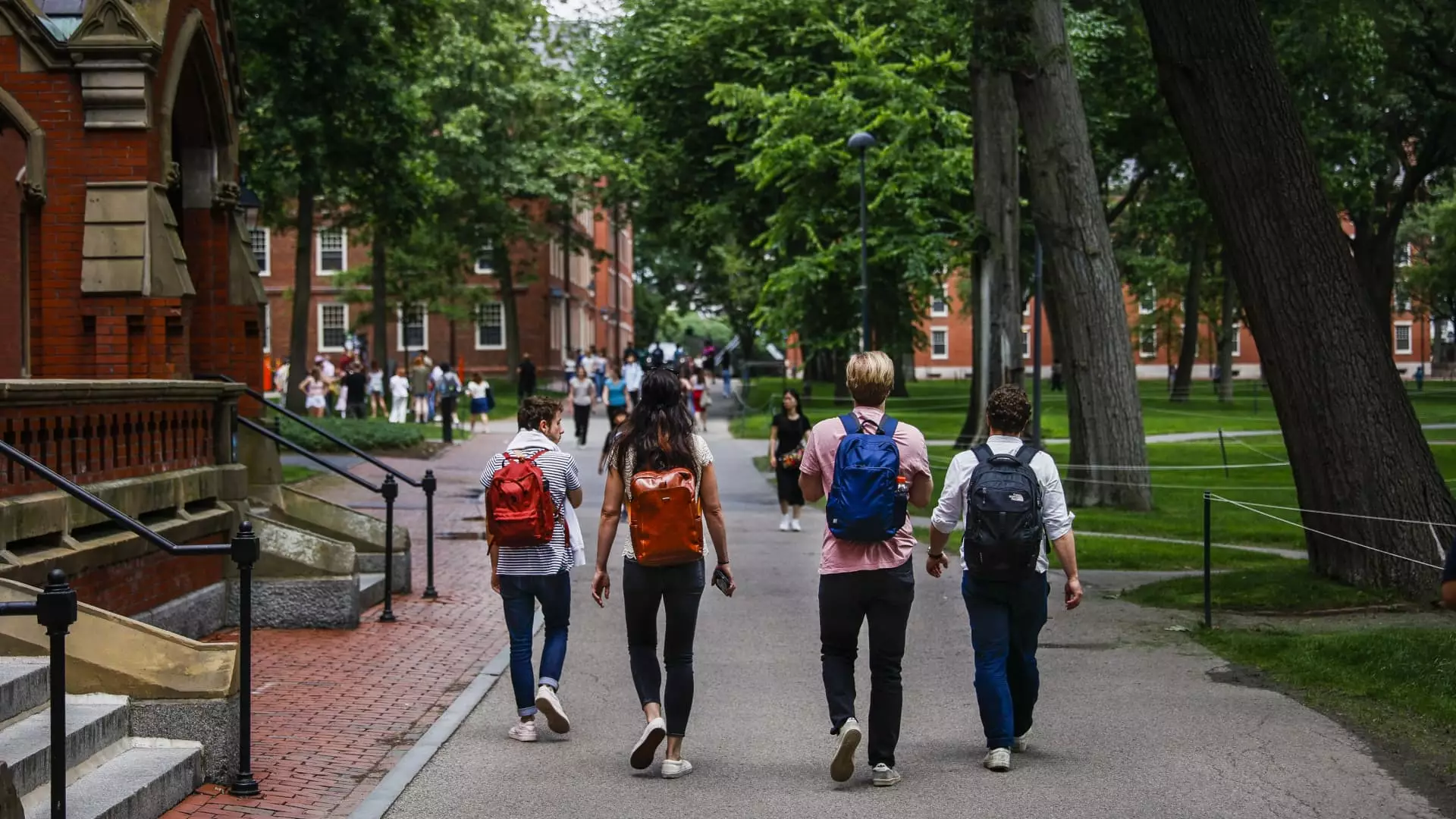In the ever-evolving landscape of American higher education, one fact remains starkly evident: international students are not just a footnote in economic terms; they are a lifeline. The statistics are profound. According to NAFSA: Association of International Educators, international students contributed a staggering $43.8 billion to the U.S. economy in the 2023-24 academic year. Massachusetts alone saw nearly $4 billion flowing into its economy, courtesy of these students whose academic pursuits bolster local economies and create employment opportunities.
Harvard University, with its significantly high proportion of international students—27% of its total enrollment—stands as a case study of the broader economic ramifications tied to the influx of global talent. The university is not merely an academic institution; it is an economic powerhouse that supports over 1,125 jobs and injects $180 million into the Boston economy. This revenue is primarily derived from student spending, showcasing how deeply interwoven the fabric of international education is with the economic health of local communities.
The Draconian Measures of the Trump Administration
The collision course between the Trump administration and Harvard regarding international student visas poses a significant threat to this symbiotic relationship. The administration’s attempts to impose restrictions on international enrollment under the guise of national security or other motives smacks of short-sightedness and political opportunism. The refusal of Harvard to acquiesce to demands related to anti-Semitism does not justify these punitive measures; instead, it underscores a troubling trend where educational institutions are caught in the crossfire of political agendas.
What makes this situation even more dire is the perspective of economists like Bjorn Markeson from Implan, who argue that restricting international student access extends far beyond the ivory towers of academia. It disrupts an intricate economic web, affecting not only Harvard but potentially the wider New England area. The dollars derived from international students do not circulate in isolation—they ripple outward, influencing job markets, local businesses, and the broader economic ecosystem. In short, to handicap universities like Harvard is to strike at the heart of economic progress.
The Value of Cultural Diversity
Beyond the numbers lies an issue that often gets overlooked—the profound cultural diversity that international students bring to campuses. Schools nationwide are increasingly recognizing that a diverse student body enhances the educational experience not just for foreign students, but for domestic students as well. According to Robert Franek, editor-in-chief of The Princeton Review, this diversity contributes to a rich learning milieu that prepares all students for an increasingly globalized world.
Yet, the looming threat of bans and restrictions serves to diminish this enriching exchange. It reflects a disturbing trend toward isolationism that could stifle not just the academic potential of American students, but also their ability to engage with the complexities of our interconnected world. The success of future generations hinges not solely on traditional education but on the ability to navigate cultural complexities and learn from diverse perspectives.
The Need for Immediate Action
The current uncertainty surrounding international enrollment at Harvard and other institutions demands a decisive response. President Alan Garber’s announcement about developing contingency plans is a step in the right direction, but it is not enough. The stakes are too high for complacency. As tensions escalate, clarity and commitment to maintaining an open academic environment must be paramount.
The federal government must recognize that its actions have far-reaching consequences—both economically and socially. Measures that encourage inclusivity rather than exclusion are necessary for fostering a productive and innovative learning atmosphere.
In the final analysis, the struggle for Harvard’s international students cannot simply be viewed as an academic or administrative issue; it is emblematic of a larger philosophical debate about the values that underpin American society. If we continue to pursue punitive measures against educational institutions that strive for diversity and inclusion, we risk undermining the very foundation of what makes America an educational beacon for the rest of the world.

